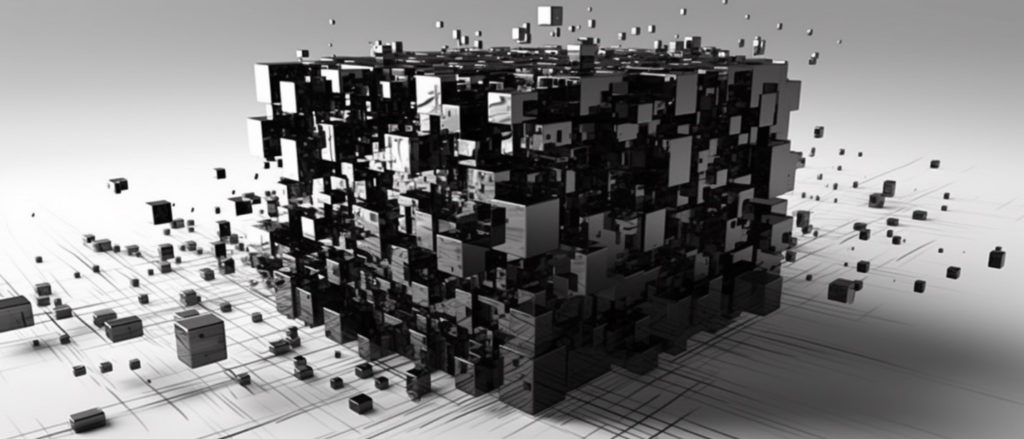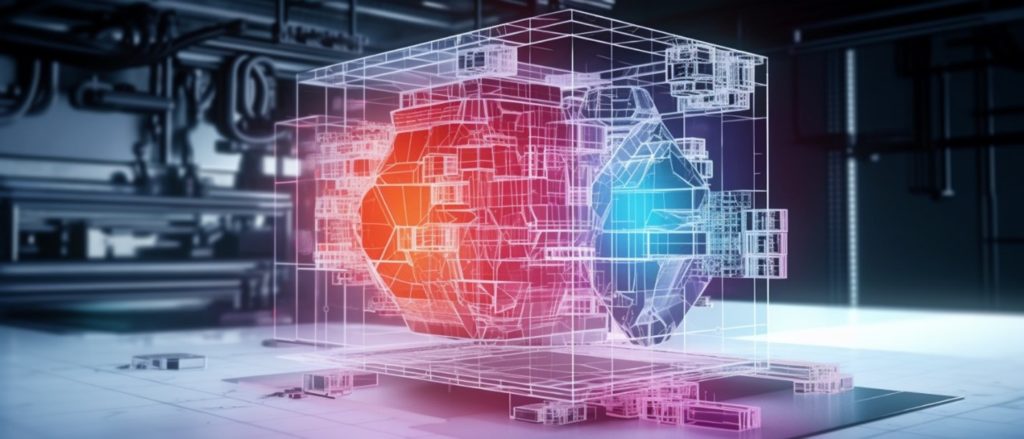Digital Twin 3-Box Theory
How to use digital twin
Introduction
In the realm of digital transformation, industries are increasingly turning to digital twin and the power of the Smart RDM platform to enhance operational efficiency, optimize processes, and gain valuable insights into their physical assets. The digital twin is virtual replicas of physical objects, systems, or processes, while the Smart RDM platform serves as the bridge connecting the physical and cyber worlds of assets. By integrating each of the white box, black box, and crystal box approaches, these platform enables comprehensive implementation and provide invaluable insights derived from real-time data.
White Box Approach: Powering Precision and Deep Understanding
The white box approach, supported by a Smart RDM platform, allows for the detailed and comprehensive modeling of physical systems. This approach leverages physics-based modeling techniques to govern system behavior by capturing intricate structures, components, and interconnections. With the Smart RDM platform, companies can implement white box digital twin that provide a deep understanding of the inner workings of their assets, enabling accurate simulations, predictions, and optimization. Through this powerful combination, industries such as utilities and manufacturing can optimize performance, analyze failure modes, and design robust control strategies, ultimately enhancing operational efficiency.

Black Box Approach: Leveraging Data-driven Insights
The black box approach focuses on capturing the input-output relationship of a system without explicitly modeling its internal structure. Through advanced machine learning algorithms, statistical analysis, and pattern recognition, the black box digital twin derived from a Smart RDM platform excel in complex environments where precise physics-based models may be challenging to develop. This digital twin can predict potential failures, detect anomalies, and recommend optimal operating conditions by analyzing vast amounts of real-time sensor data. With the Smart RDM platform, industries can leverage the power of data-driven insights to enhance asset management, reduce downtime, and maximize resource utilization.

Crystal Box Approach: Balancing Transparency and Accuracy
With the Smart RDM platform as the foundation, the crystal box approach combines the strengths of the white box and black box methodologies, striking a balance between transparency and simplicity. Crystal box digital twin aims to build interpretable models encapsulating physics-based understanding and data-driven insights. By integrating domain knowledge with machine learning algorithms and real-time data from the Smart RDM platform, energy sector industries and smart cities can achieve reliable predictions while maintaining transparency and explainability. This approach facilitates effective decision-making, real-time monitoring, and optimization, empowering companies to harness the full power of their industrial processes.

Conclusion: Empowering Industries for Digital Excellence
In the digital transformation era, the Smart RDM platform has emerged as an indispensable tool for industries seeking to optimize processes, improve efficiency, and make informed decisions. By embracing the power of digital twin and implementing each of the white box, black box, and crystal box approaches through this platform, companies can unlock the full potential of their assets. The Smart RDM platform acts as a conduit, seamlessly connecting the physical and cyber worlds and providing real-time insights that drive innovation and enhance productivity. With this powerful combination, industries can gain a competitive edge, achieve sustainable growth, and revolutionize their industrial processes in the digital age.